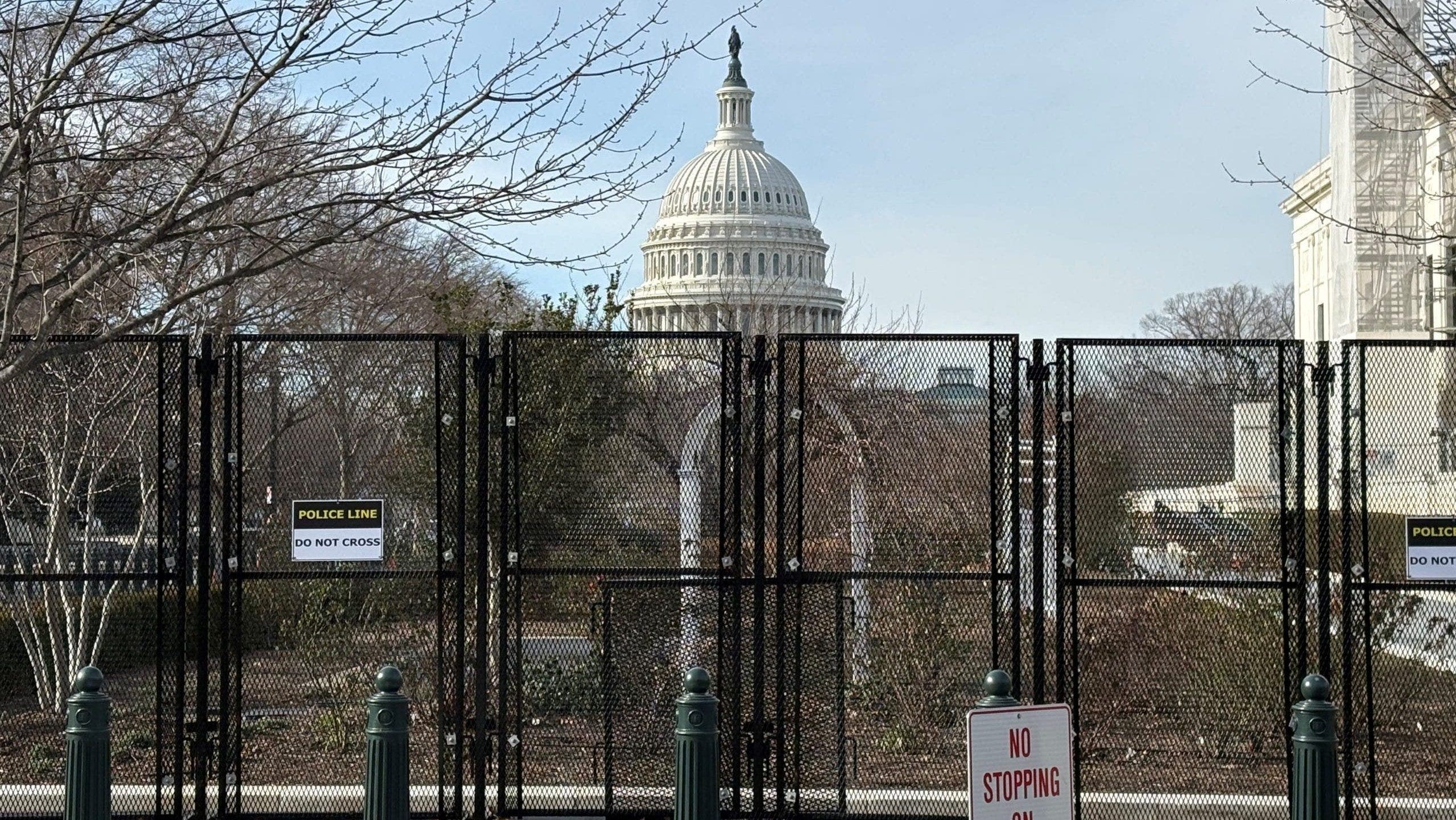
Tanya Lewis: Hi, and welcome to COVID, Quickly, a Scientific American podcast series.
Josh Fischman: This is your fast-track update on the COVID pandemic. We bring you up to speed on the science behind the most urgent questions about the virus and the disease. We demystify the research and help you understand what it really means.
Lewis: I’m Tanya Lewis.
Fischman: I’m Josh Fischman.
Lewis: And we’re Scientific American’s senior health editors. Today: vaccines for the littlest kids may be almost here!
Fischman: And new evidence about long COVID shows who gets it most often, and what the most common symptoms are.
It’s been nearly a year and a half since COVID vaccines were authorized for adults in the U.S. Yet kids under five are still not eligible, even though testing in children began over six months ago. Could this be about to change?
Lewis: Possibly. I can understand why many parents are frustrated. They’ve been told for months that a vaccine is right around the corner. But there have been some promising developments.
Like what? Have there been good results from the tests?
Fischman: Just a couple of weeks ago, vaccine-maker Moderna announced it was filing for emergency use authorization for its vaccine for kids ages six months to six years. And Pfizer recently announced in a press release that its vaccine was 80 percent effective at preventing symptomatic COVID in kids under five, although they haven’t made the data public yet.
Does that get us any closer to getting a green light from the FDA?
Lewis: SciAm contributor Charlie Schmidt asked experts about when we can expect a vaccine for the littlest ones, what the reasons are for the holdup, and more. The FDA’s vaccine advisory committee is scheduled to meet June 8th, 21st and 22nd to discuss making younger children eligible.
Fischman: Did Charlie get any inkling of what might happen at these meetings?
Lewis: He spoke with Arnold Monto, acting chair of the advisory committee and an epidemiologist at the University of Michigan School of Public Health. Monto said the FDA could issue an EUA for kids within a day or two of those meetings, but quote “there are no guarantees.” One possibility is the committee could recommend authorizing the vaccine only for kids who are high-risk, or immunocompromised.
Fischman: Why not just authorize it for all the kids?
Lewis: Well, the FDA has a very high bar for approving new vaccines or other biological products for children. Kids already have a pretty low risk of serious outcomes from COVID, so the companies have to show that their vaccines do not cause other problems.
Fischman: So far, they haven’t seen any serious safety issues, have they?
Lewis: No, most of the side effects have been mild and similar to those seen in older kids or adults. mRNA vaccines can cause side effects like fever, which may cause seizures in babies and young children. But Moderna and Pfizer have been able to achieve strong immune responses even at fairly low doses, which reduces these risks. And there haven’t been any cases of myocarditis, the heart inflammation that occurred in rare cases among teenagers, mostly in boys.
Fischman: So the vaccines appear to be safe. That’s good. But how effective are they?
Lewis: That’s a great question. Much of the initial data has actually come from looking at the immune response to the vaccine—in other words, the level of so-called neutralizing antibodies produced in people who are given it. By comparing these levels to levels seen in older kids or adults who had good protection against getting COVID, you can extrapolate that protection to young kids. This is known as immunobridging.
Fischman: So that’s looking at parts of the immune system and how they behave. What about real world effects? Did the vaccines lower infection rates in kids?
Lewis: For actual efficacy data, Pfizer has only announced data on about 1,700 kids, showing an efficacy rate for three doses of 80.3 percent. Moderna reported a lower efficacy rate of 37 to 51 percent for its two dose vaccine in kids under six. Whether or not that will clear the FDA’s bar remains to be seen.
Fischman: Ok, interesting. That’s kind of a big spread in efficacy. Is the FDA waiting to evaluate Moderna’s data until Pfizer’s data are in?
Lewis: That’s been a point of contention. Politico reported that the agency was holding off on reviewing Moderna’s submission until Pfizer’s was in. But FDA Commissioner Robert Califf told Andy Slavitt, President Biden’s former senior adviser for COVID response, on his “In the Bubble” podcast that there is quote “no reason for the FDA to wait” to review it. Pfizer expects to submit its data by the time the FDA’s advisory committee meets in June, so they may end up reviewing both Pfizer’s and Moderna’s data at the same time.
Fischman: And, like lots of worried parents, we’ll be watching that closely.
Lewis: It’s becoming clear that acute COVID isn’t the only consequence of the disease. Long COVID, symptoms that drag on, is a real problem. Two new reports shed some light on who gets it, and what it looks like.
Fischman: There’s still no strict definition of long COVID, Tanya. But estimates are that between 10 to 30 percent of infected people will have at least one symptom, a real disabling problem, that afflicts them at least a month after they’ve cleared the virus, and sometimes for half a year. Often they have several symptoms.
Lewis: I saw a new CDC report that said one out of five infected people could develop long COVID. What are the most common problems?
Fischman: According to a new study, what affects people most often is serious fatigue, the kind that exhausts you after walking from one room in your house to another. Then there’s trouble catching your breath, loss of smell, headaches, insomnia, and memory trouble. There’s also difficulty concentrating, what people often call “brain fog.”
This list comes from new research in the Annals of Internal Medicine, and it’s the first report from a long-term study being done by the National Institutes of Health. These people were all assessed 6 weeks after testing positive for the virus.
Lewis: Are a lot of these people older, because age seems to make people more vulnerable to COVID?
Fischman: Advanced age actually doesn’t seem to be a big risk factor, Tanya. In fact, people aged 39-50 are most likely to be diagnosed with post-COVID conditions. That comes from a huge analysis of private health insurance claims, done on more than 78,000 people, collected by a nonprofit group called FAIR Health.
Lewis: They did find that women were more likely than men to have long-lasting problems, didn’t they? About 60 percent compared with about 40 percent?
Fischman: Yes, they did. One other big finding was that severe disease wasn’t a risk factor. Three-quarters of these people hadn’t been hospitalized. So you can have a mild case and still suffer months later.
Lewis: One of the problems long COVID patients have is that this isn’t an easy condition to diagnose. Is there any new info on that?
Fischman: The study confirmed that difficulty. The NIH team put people in their study through blood tests, lung tests, heart tests, and a lot more, and they didn’t find a lot of abnormalities.
That means the condition is real, but the tests aren’t good enough. It’s a warning to doctors not to dismiss patients, not to say “it’s in your head” or anything like that. Physicians need to work hard to find treatments, because this population is growing as the pandemic continues, and they need help.
Lewis: Now you’re up to speed. Thanks for joining us. Our show is edited by Jeff DelViscio and Tulika Bose.
Fischman: Come back in two weeks for the next episode of COVID, Quickly! And check out SciAm.com for updated and in-depth COVID news.
[The above text is a transcript of this podcast.]



























































